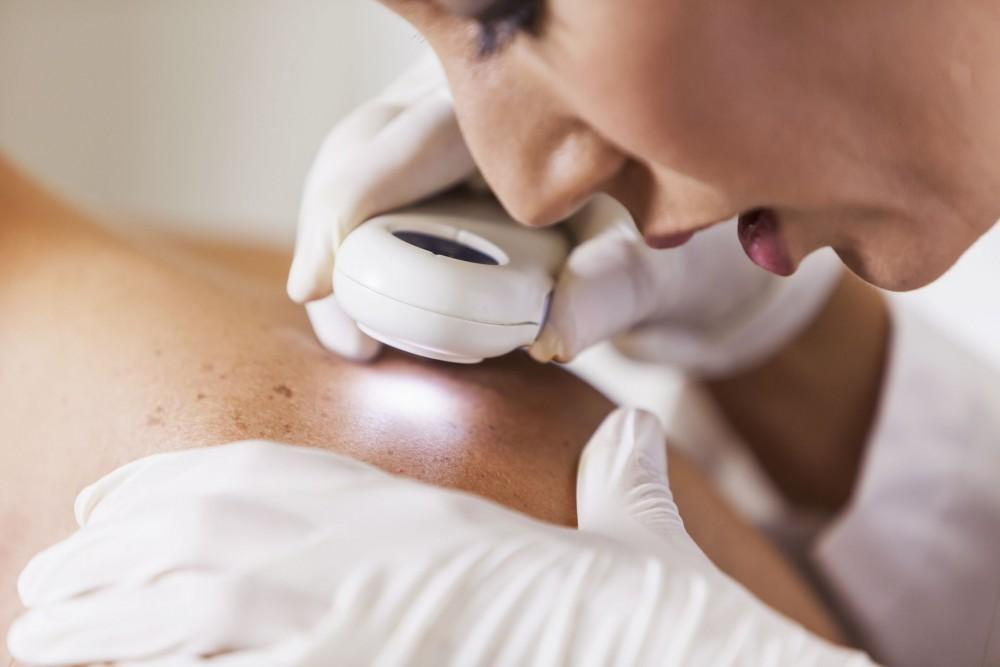Best Dermatologist in Dubai, I’ve had the privilege of treating patients from diverse ethnic backgrounds, which has given me deep insight into the unique needs of skin of color. While dermatology principles remain the same, diagnosing skin conditions in deeper skin tones requires a refined approach, enhanced training, and cultural sensitivity.
Many common skin disorders can look significantly different on darker skin, which is why understanding these nuances is critical for accurate diagnosis and treatment.
Why Skin of Color Needs Specialized Attention
Skin of color includes individuals of African, South Asian, Middle Eastern, Southeast Asian, and Latino descent. These skin types often have higher melanin content, which not only offers protection from sun damage but also makes the skin more reactive—meaning it can easily develop pigmentation, inflammation, or scarring.
Dermatologists must be able to recognize how skin disorders manifest differently and avoid misdiagnoses that could lead to inappropriate or even harmful treatments.
Conditions That Present Differently in Deeper Skin Tones
1. Acne and Post-Inflammatory Hyperpigmentation (PIH)
In lighter skin, acne may be noticed primarily due to red bumps and pustules. However, in darker skin tones, the most prominent concern is often hyperpigmentation left behind even after the acne has healed.
Treatment for acne in skin of color must focus not only on controlling breakouts but also on managing pigment changes gently and safely.
2. Eczema (Atopic Dermatitis)
On fair skin, eczema appears red and flaky. In skin of color, it can present as gray, purplish, or dark brown patches, often mistaken for fungal infections or other conditions. The itching is usually intense, and scratching can cause further discoloration.
3. Psoriasis
Psoriasis in lighter skin often shows up as bright red plaques with silvery scales. In darker skin, it may appear as violet or dark brown lesions, with thicker scales and less redness, making it harder to recognize in early stages.
4. Melasma
Melasma disproportionately affects individuals with skin of color, especially women. It presents as patchy brown or grayish discoloration, often on the cheeks, forehead, and upper lip. The triggers may include sun exposure, hormonal shifts, and certain medications.
How Dermatologists Approach Diagnosis Differently
At my clinic in Dubai, we approach skin of color with extra care in these key ways:
1. Adjusted Visual Cues
Since redness and inflammation may not be obvious, I rely on texture, patient history, and secondary symptoms like itching, thickening, or sensitivity to guide diagnosis.
2. Avoiding Over-Treatment
Skin of color is more prone to scarring, burns, and pigmentation after aggressive treatments. That’s why I use gentler, slower protocols when prescribing chemical peels, lasers, or topical medications.
3. Culturally Aware Questions
Lifestyle, diet, sun exposure, traditional remedies, and even haircare routines can affect skin conditions. Understanding cultural habits allows for more accurate diagnoses and personalized care.
Common Misdiagnoses to Watch Out For
Sadly, many people with deeper skin tones are misdiagnosed or underdiagnosed due to lack of training or experience by some practitioners. For example:
- Vitiligo might be confused with fungal infections.
- Lupus rashes may be missed because of subtle coloration.
- Skin cancer may be overlooked, even though it often appears more aggressive in skin of color.
Early and accurate diagnosis is key to avoiding long-term damage or progression of the disease.
Final Thoughts from Dr. Fazeela Abbasi
Skin of color deserves the same level of expertise, sensitivity, and precision as any other skin type—but with added understanding of its unique biological and cultural characteristics. At my clinic in Dubai, we take a tailored and evidence-based approach to diagnosing and treating all skin tones with equal care and respect.





Comments